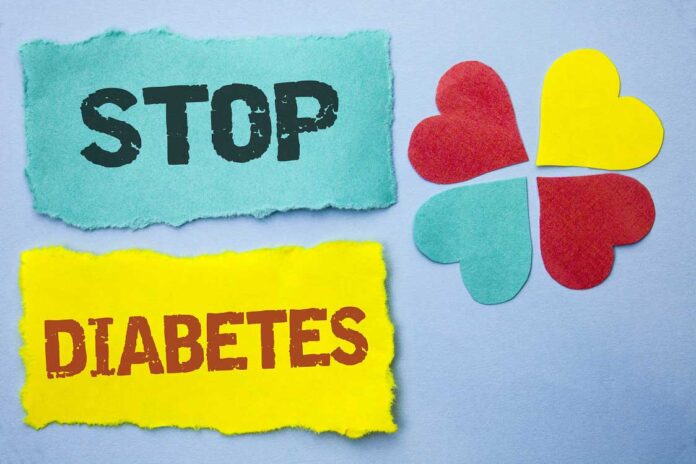Een belangrijke marker voor de ontwikkeling van diabetes is geïdentificeerd.
De twee belangrijke hormonen die in de alvleesklier worden geproduceerd - glucagon en insuline – juiste controle glucose niveaus als reactie op het voedsel dat we consumeren. Glucagon verhoogt de hepatische glucoseproductie (HGP) en insuline verlaagt deze. Ze regelen allebei de homeostase van de bloedglucose. Wanneer we vasten, wordt glucagon uitgescheiden door a-cellen van de pancreas om de bloedglucose in het lichaam te verhogen om het lichaam te beschermen tegen een aandoening die hypoglykemie wordt genoemd, waarbij de bloedglucosespiegels van een persoon drastisch dalen en tot symptomen leiden. Glucagon is betrokken bij de ontwikkeling van diabetische hyperglykemie wanneer de hepatische glucoseproductie (HGP) toeneemt. Insuline onderdrukt de productie van glucose door middel van transcriptionele reguliere in lever cells. A protein called Transcription factor Foxo1 plays an important role in regulating expression of genes and promoting HGP by increasing expression of genes which are responsible for production of glucose. Disruption of proper HGP is understood as a key primary mechanism for development of Type 2 suikerziekte.
In een studie gepubliceerd in Diabetes, researchers from Texas A&M University USA set out to understand the role of Foxo1 in how glucagon regulates HGP. They wanted to better understand the fundamentals of blood glucose homeostasis and pathogenesis of diabetes. Glucagon does its function by binding to a GPCR receptor, stimulating the cell membrane to activate protein kinase A which then signals gene expression to increase blood glucose. The levels of glucagon are extremely high in humans with suikerziekte and this stimulates excess production of HGP.
Researchers investigated Foxo1 regulation through phosphorylation i.e. attachment of a phosphoryl group. Phosphorylation is an important part of protein function and is responsible for activating or deactivating almost 50 percent of enzymes present in our body, and thereby regulating their function. Researchers used mice model and gene editing to generate Foxo1 ‘knock in’ mice. Foxo1 was stabilised in lever of mice (who were fasting) when insulin was decreased and glucagon increased in the bloodstream. The study clearly showed that if hepatic Foxo1 was deleted, hepatic glucose production (HGP) and blood glucose was decreased in mice. Thus, a novel mechanism has been identified for the first time in which Foxo1 mediates glycogen signalling via phosphorylation in order to control blood glucose.
Foxo1 is an important protein that acts as a mediator for various pathways integrating hormones and other proteins to control insulin sensitivity. Since high glucagon levels are present both in Type 1 and Type 2 suikerziekte, Foxo1 will play an important role in the fundamental mechanism leading to diabetic hyperglycaemia. The study suggests that glucagon mediated HGP can be a potential therapeutic intervention for control and also possible prevention of suikerziekte.
***
{U kunt de originele onderzoekspaper lezen door op de DOI-link hieronder in de lijst met geciteerde bron(nen) te klikken}
Bron (nen)
Yuxin W et al. 2018. Nieuw mechanisme van Foxo1-fosforylering in glucagon-signalering bij controle van glucosehomeostase.Diabetes. 67 (11). https://doi.org/10.2337/db18-0674
***






































